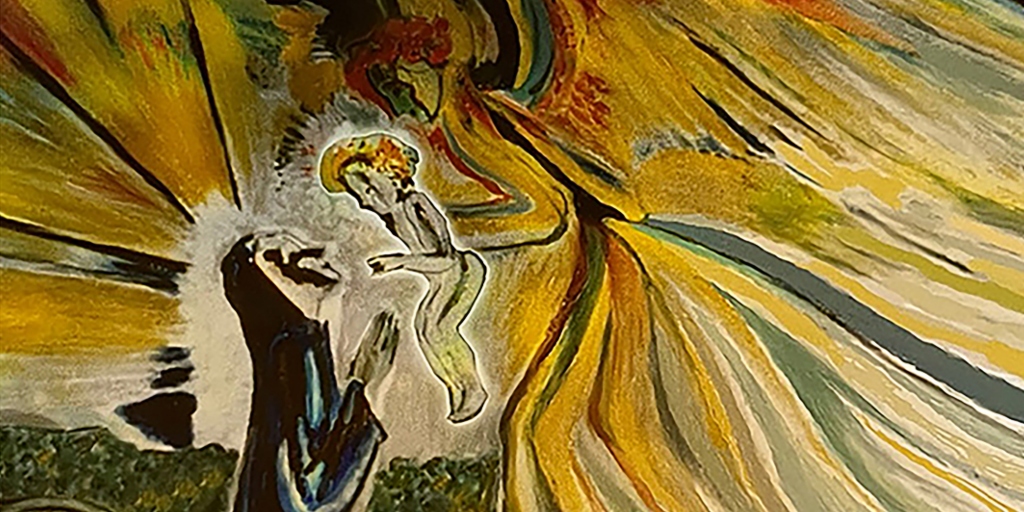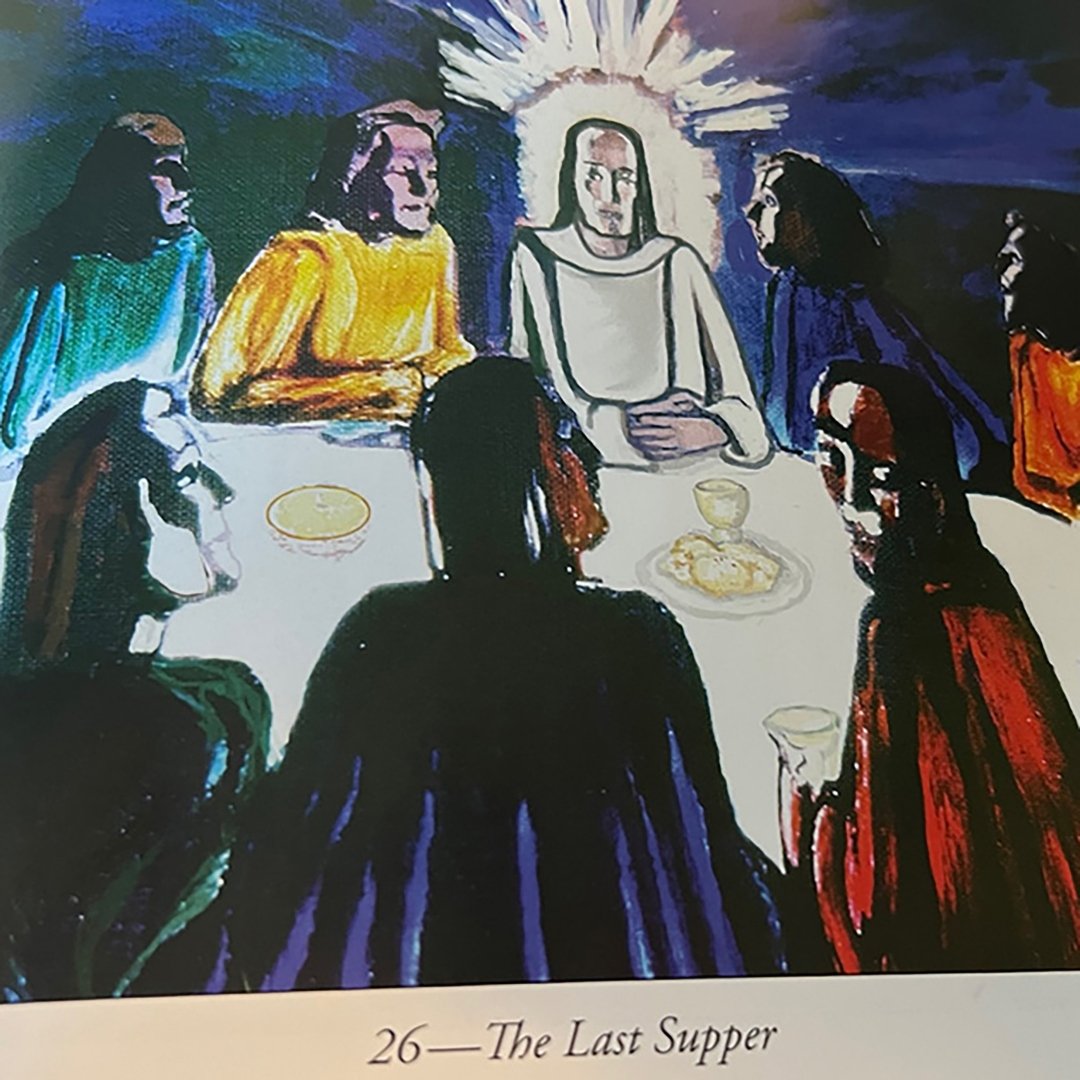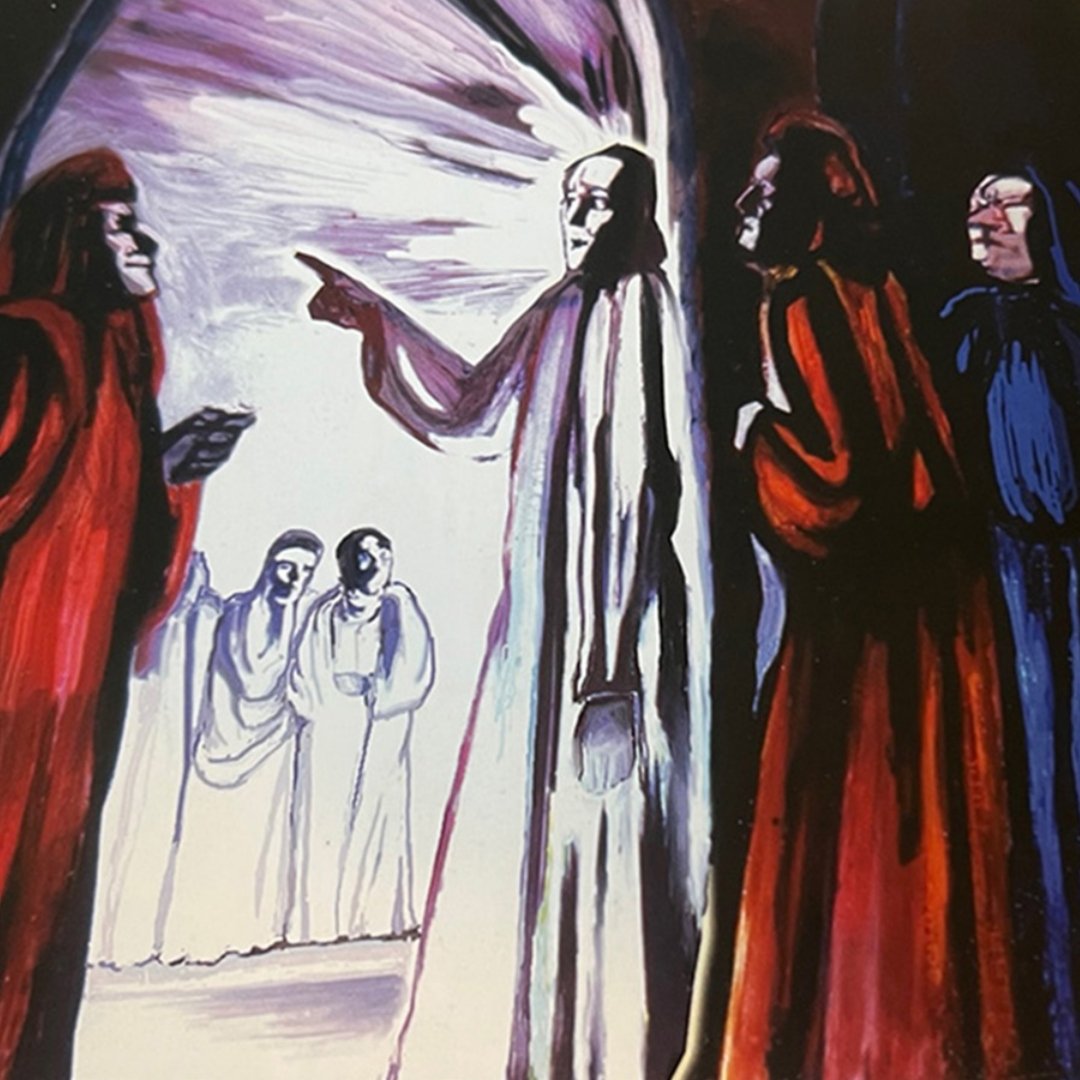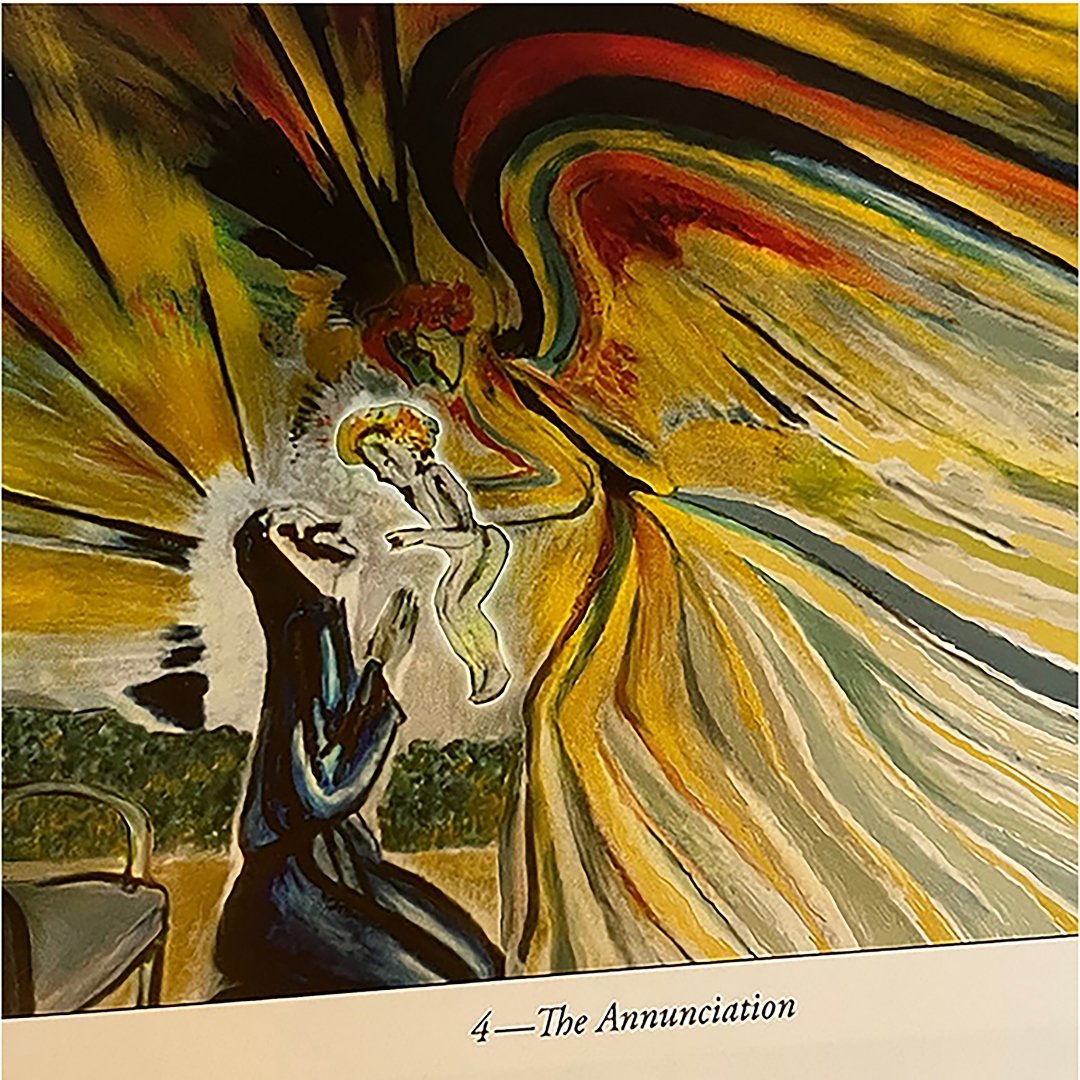
On vacation in Stowe, Vermont, Linda Kracht and her family discovered hidden beauty in a tiny church.
Earlier this fall, I wrote about the von Trapp family. They had a huge impact on many people in and through their lives. Several years after emigrating to America they settled in Stowe, Vermont, a small town with a population of about 5,200 people. Obviously, Maria and the Baron would have been the town’s main celebrities considering their past and present fame. But, they weren’t the only ones. Several other remarkable people worked in or came from Stowe, Vermont.
Brother Joseph Dutton was born in Stowe, Vermont. In 1843 and died in Moloka'i, Hawaii in 1931. Father Damien (canonized in 2009) and Mother Marianne Cope (canonized in 2012), are both widely recognized for their work in the Molokai leper colony. Brother Dutton actually served alongside both and for a longer period of time: 45 years. He ministered to the needs of the afflicted and accomplished so much and improving the conditions at the settlement. And many feel that he also deserves at least a similar consideration for sainthood. The Diocese of Honolulu has taken the first official step toward Dutton’s canonization.
Like other saints, Dutton’s life was largely imperfect for a significant part of his life. After serving in the Civil War, Dutton fought alcoholism until making the decision to “completely transform his outlook, focus on God and do penance for his past sins by helping others. He gave of himself in a heroic service to humanity as exemplified by the 45 years he devoted to caring for the lepers at the settlement on the island of Molokai in Hawaii. He operated on a spiritual plane higher than those around him.” (Painting on Light)

Meanwhile, the Catholic community of Stowe, Vermont badly needed a church and parish center because for years they had gathered for Mass in the basement of the Stowe Town Hall with no end in sight. Apparently, the bishop kept refusing the idea of having their own building. The community had also wanted to build a church that would honor the memory of Brother Joseph Dutton. The history of how, where and why the church was built is recorded in the book Painting on Light by Professor Josephine Belloso.
Fr. McDonough, the parish priest at the time, finally enlisted the help of Maria von Trapp to help move things along with regard to the sale and purchase of land and also to persuade the Bishop of the need for a Church. The pastor had personally asked Maria von Trapp and her family “for their prayers for the success of his efforts to acquire the property.” In short order, the land was sold to the Catholic Community and the Bishop approved of the building of the Church on the property. The priest had his heart set on this perfect piece of land without knowing that the property had been the original Dutton homestead and the very place where Brother Joseph [Ira] Dutton was born in 1843. Fr. McDonough wrote around 1949: “Well if the Angel Gabriel had appeared to me on the spot and said this was the place to build a church, I couldn’t have been more sure of it.”
The new church which was called The Blessed Sacrament Catholic Church and is dedicated to God and Brother Dutton. The von Trapp Family sang the Missa Brevis by Mozart at the official dedication of the church.

That seems to be the end of the story until and unless you walk into that very church. As we drove into the parking lot, Dave (my husband) said, “Wow, it looks like the church we went to in Kawai’i!” I totally agreed with him. The wooden exterior was painted or engraved with all sorts of images on the various sides giving it a unique island look. The windows appeared to all be stained glass. The church was quite small—similar to the church on Kawai’i.
And then we walked into church. We were absolutely blown away by the images that covered the ceiling, the floors, the walls and the windows. And not in a pleasing, comfortable way! The imagery was very dark and dramatic. It appeared as if Satan, sin, evil and death were everywhere! It was difficult to find peaceful images of Jesus and Mary and the depiction of grace, peace or divine love. The images were actually very distracting for me! Finally, near the end of the homily, the parish pastor explained the art for us. Only then did the imagery make sense.
It turns out that the church community commissioned another famous person (not from Stowe) to decorate their church: André Girard, a master artist of the 20th century. “His dramatic use of color and light as well as the beauty of each painting created an impact that was far beyond their size. Like Rembrandt, Girard effectively employed the chiaroscuro technique which utilizes a darkened setting for a scene and bathes the main action with a glowing light. This creates an atmosphere of drama and mystery through which we are drawn into each scene to more completely understand what is taking place. As we follow each painting, we begin to have a sense of experiencing the events of Christ’s journey to his Crucifixion and Death, according to Professor Josephine Belloso. “Gerard also illustrates the lives of Brother Dutton and Father Damien in epic proportions, a reflection of his own understanding of the significance of their lives of service for others. Grerard created a memorable and enduring memorial for the world to witness and reflect upon.”
This explains why we were so blown away by the images when entering the Church for the first time.
We could never have guessed how our trip to Stowe, Vermont would become so inspiring and fun at the same time. Stowe is truly a town of many hidden gems.

Copyright 2022 Linda Kracht
Images: copyright 2022 Linda Kracht, all rights reserved.
About the Author

Linda Kracht
Linda is a wife, mother of seven, and grandmother of 23. Linda is founder of Fortifying Families of Faith, LLC and her books include: Daughters Forever, Sons Forever; The Art of Breastfeeding, published by the Couple to Couple League; Mothers Forever, Fathers Forever; Surviving College; Black and White; and A Book for All Seasons.


.png?width=1806&height=731&name=CatholicMom_hcfm_logo1_pos_871c_2728c%20(002).png)
Comments